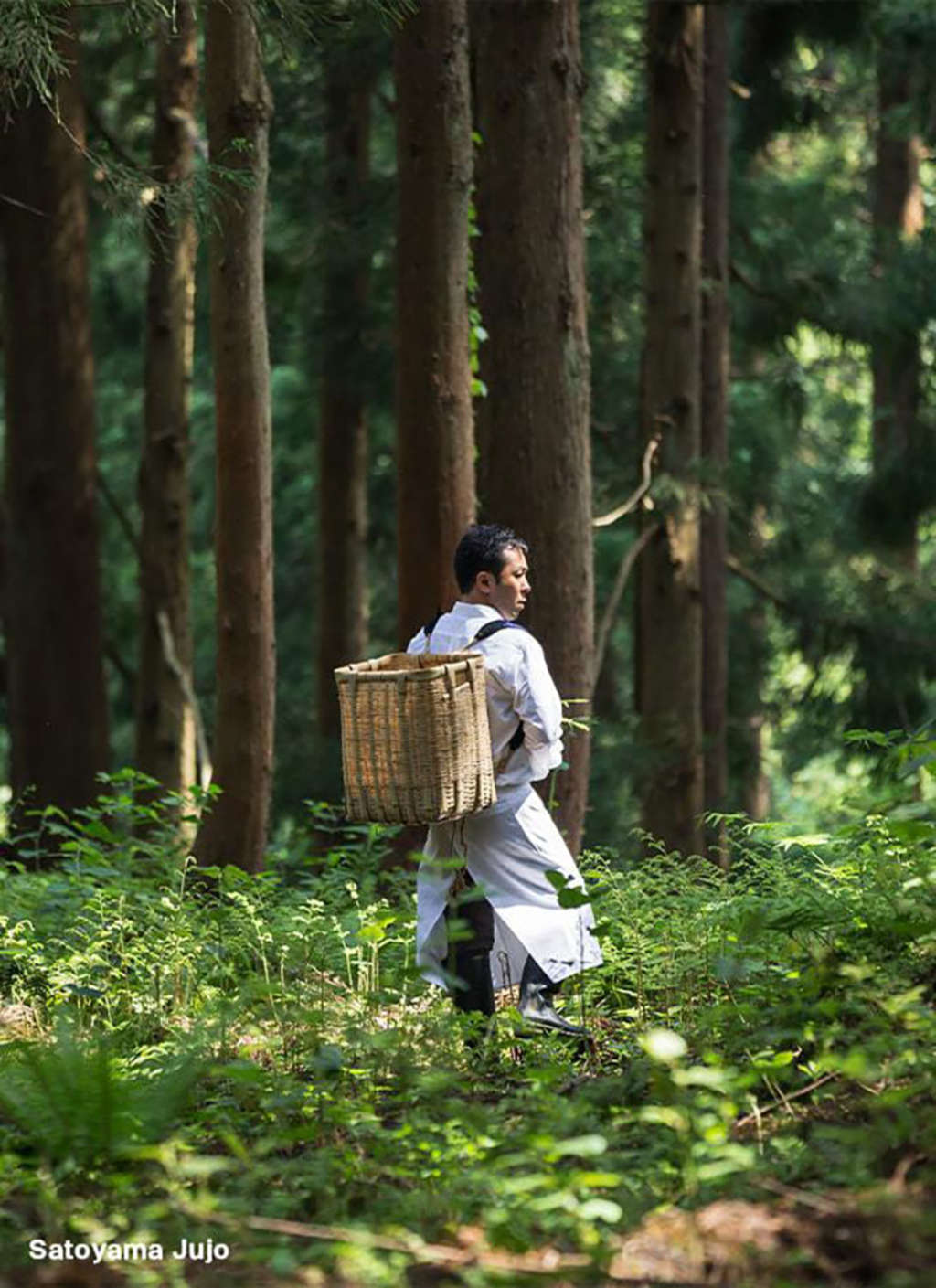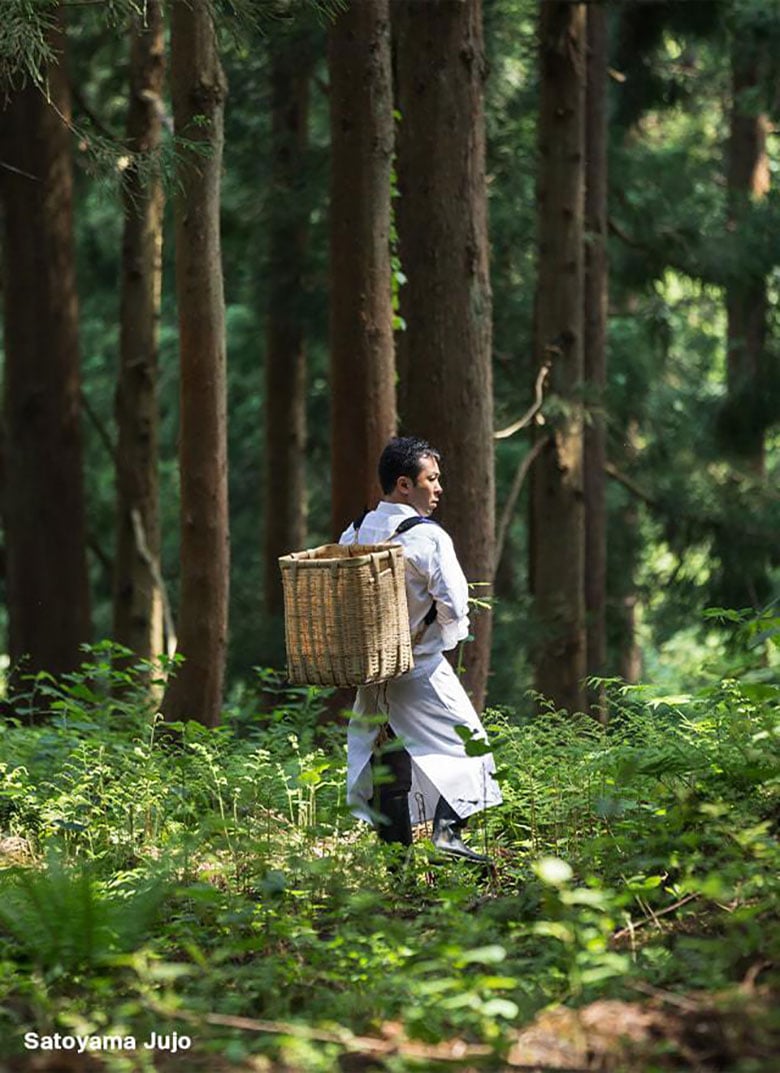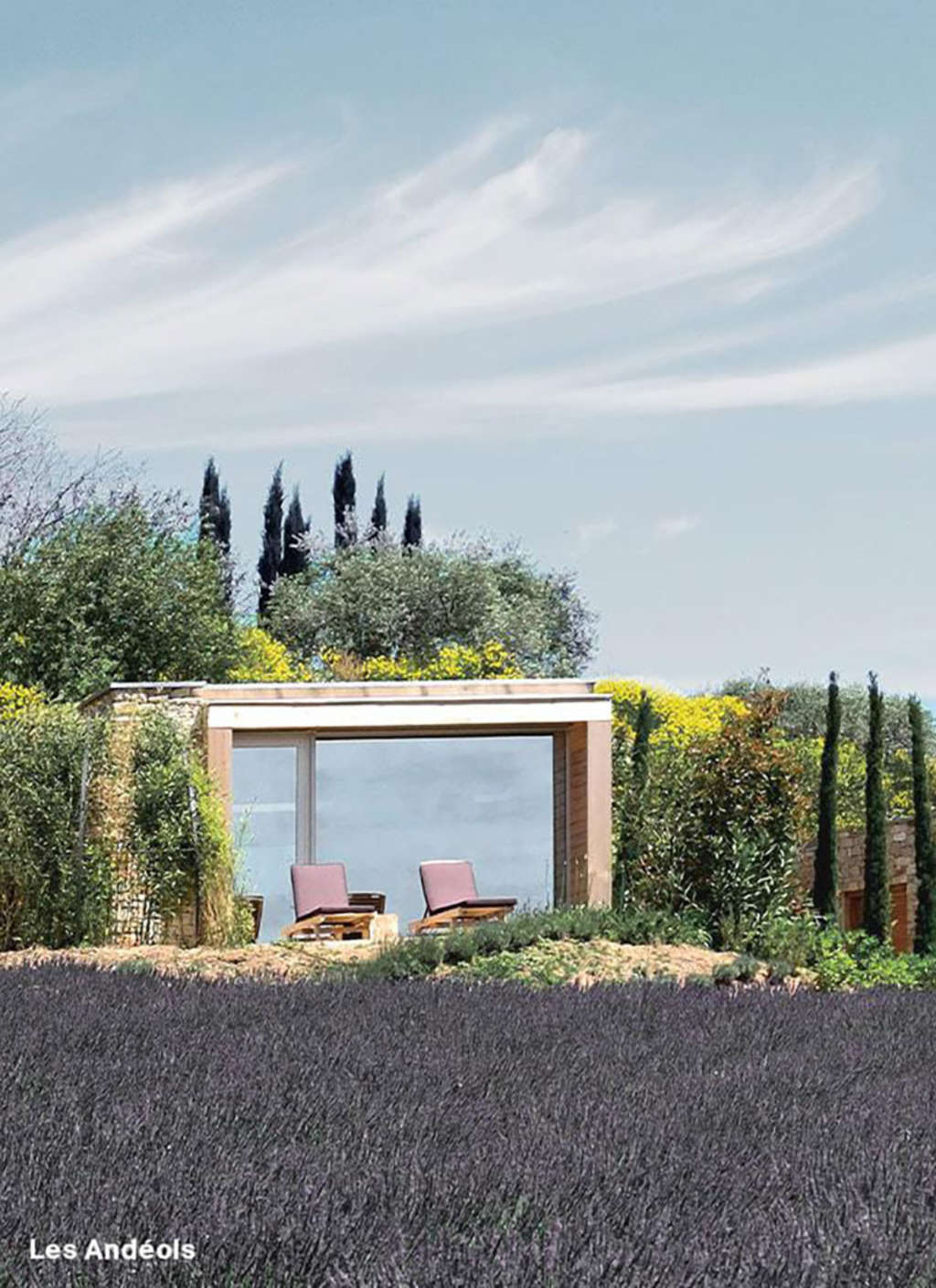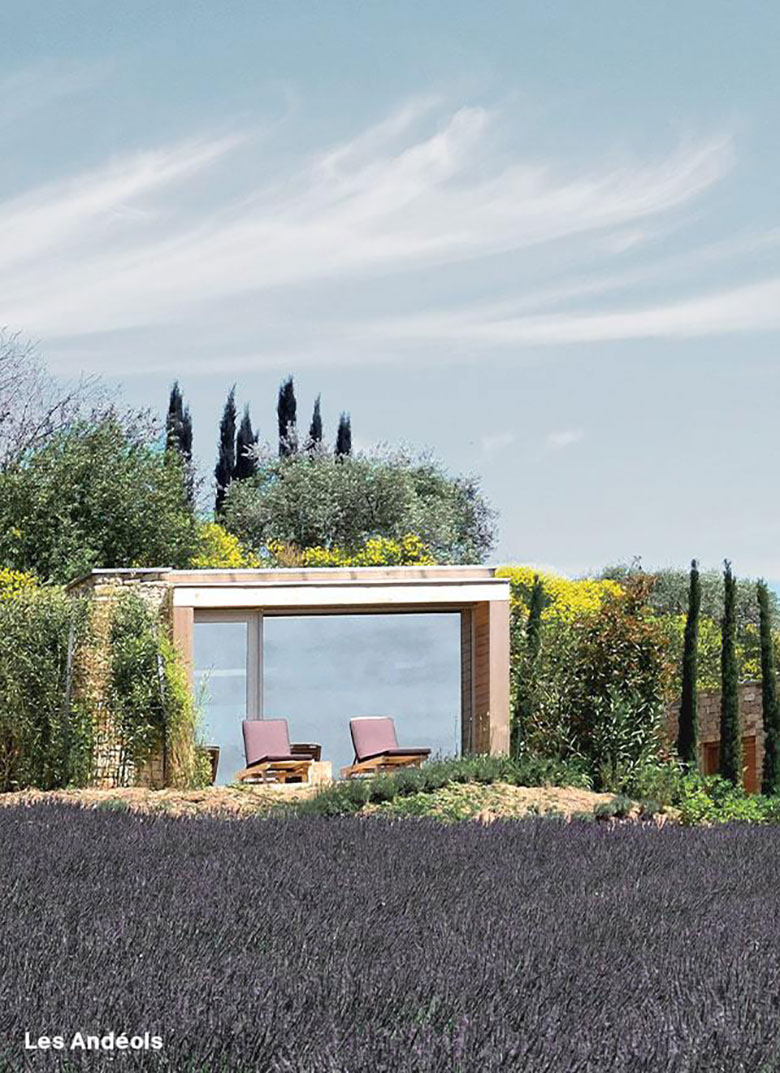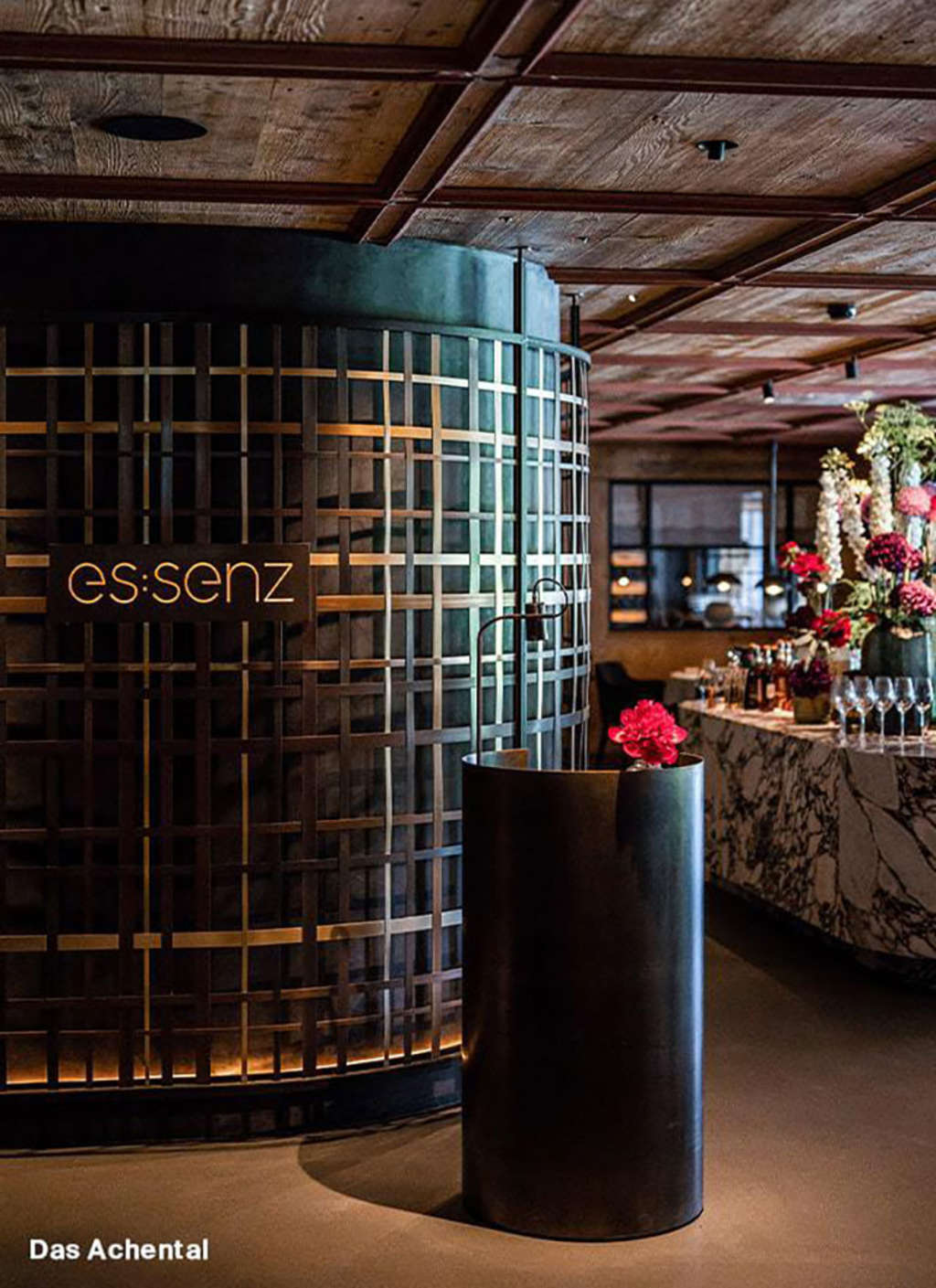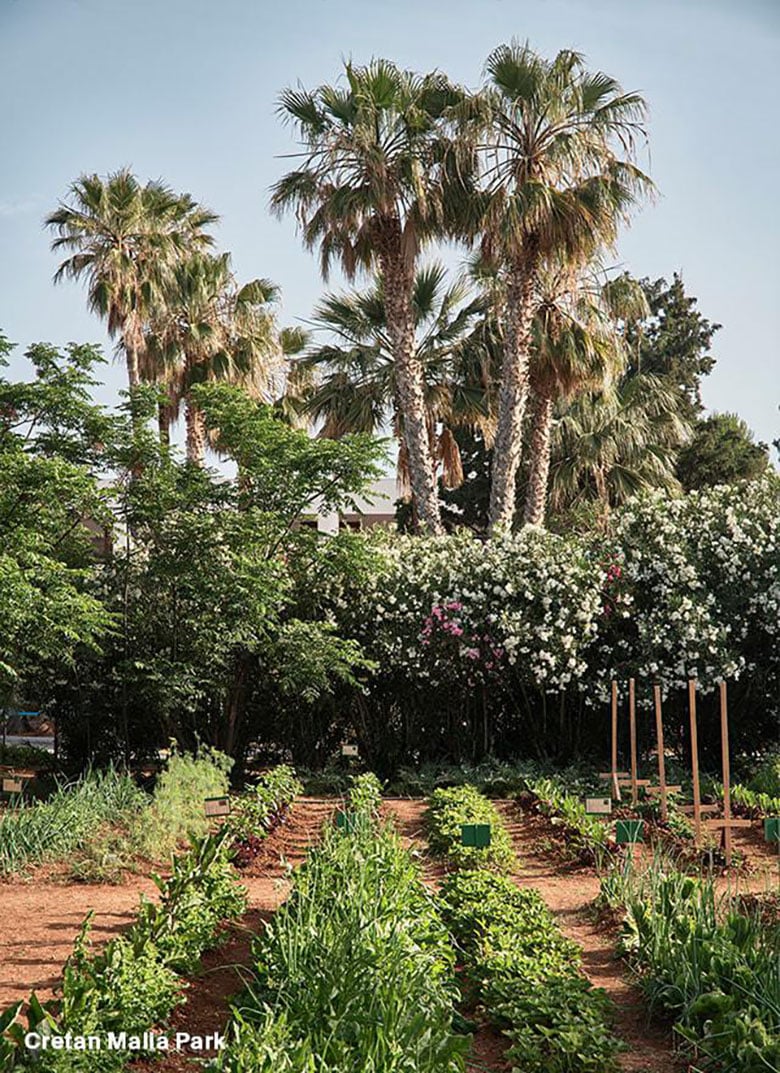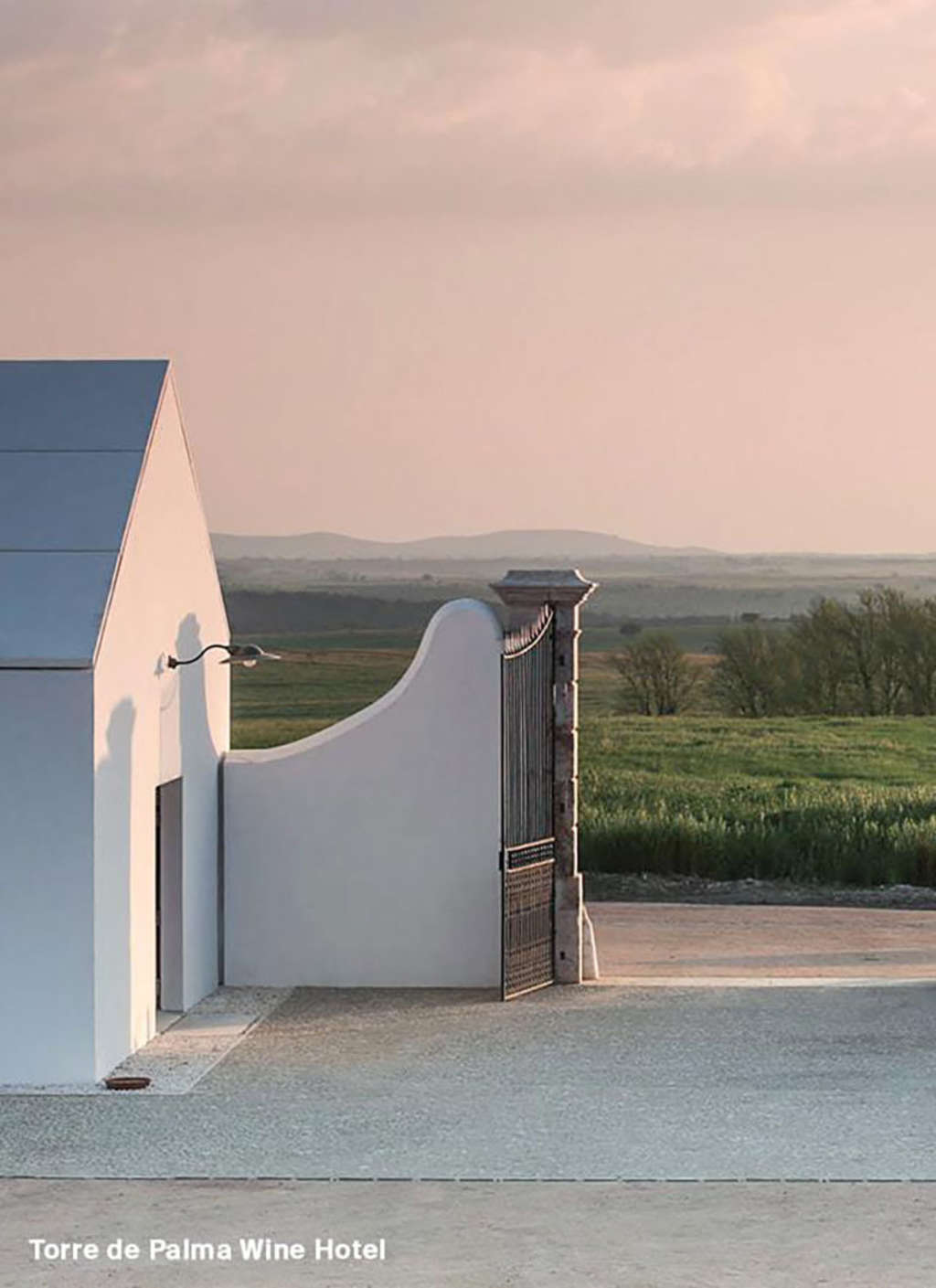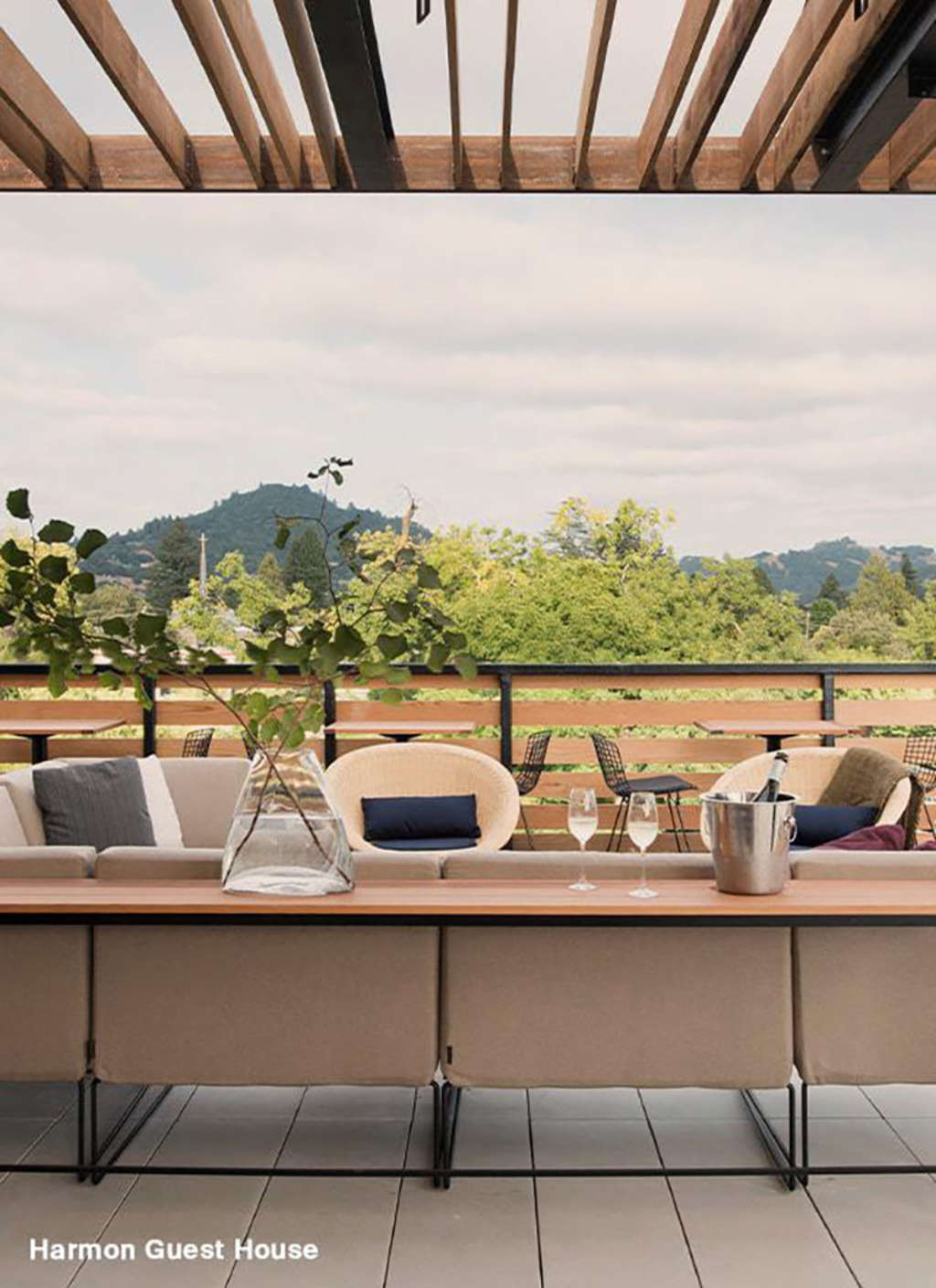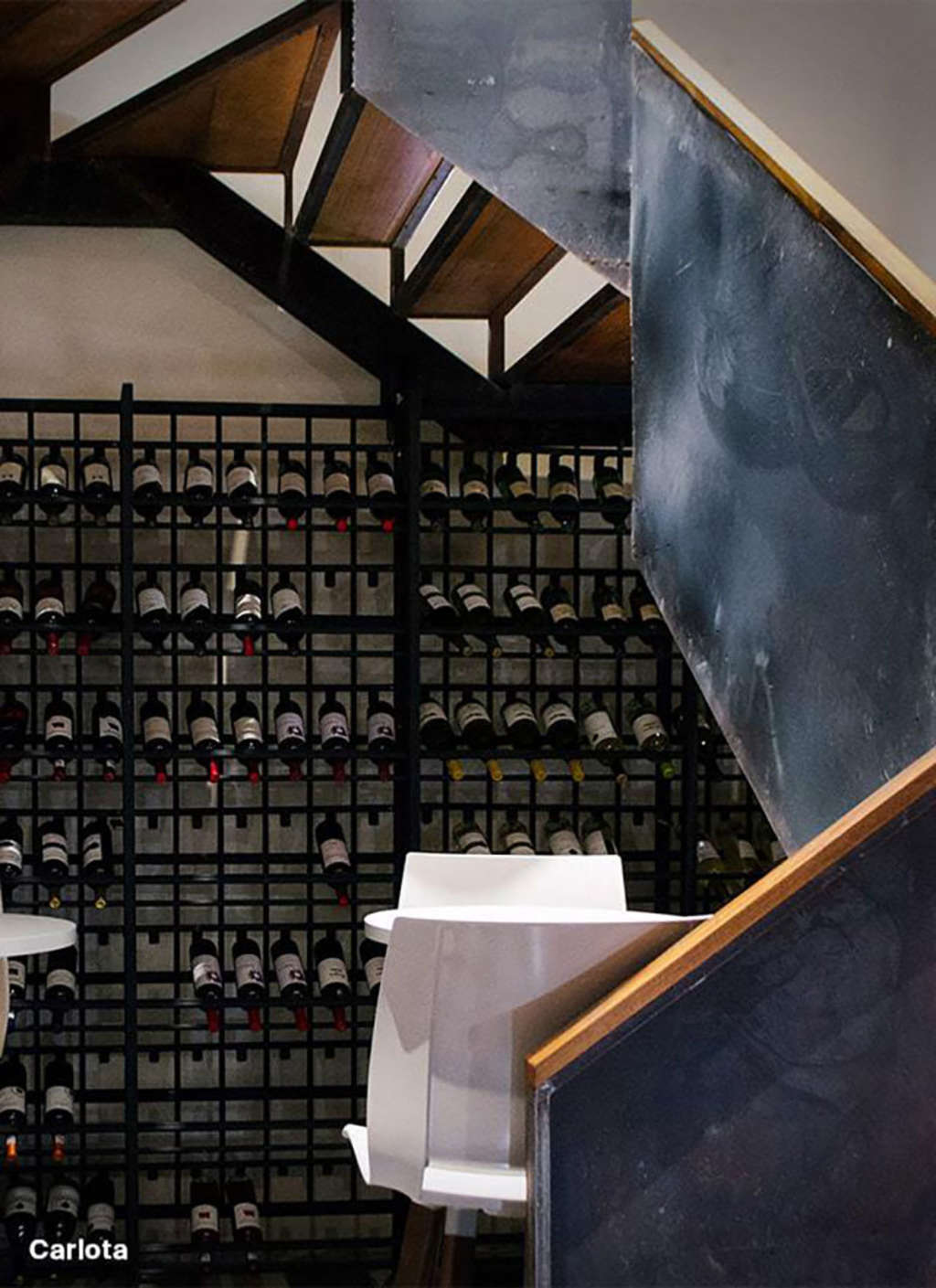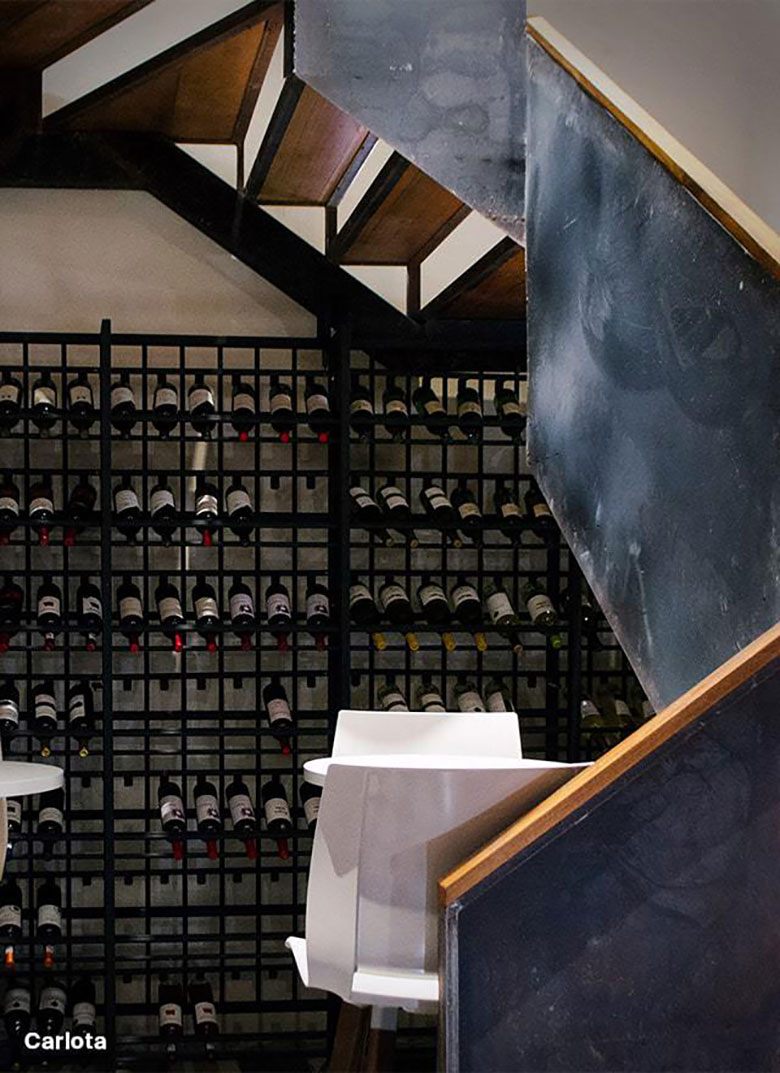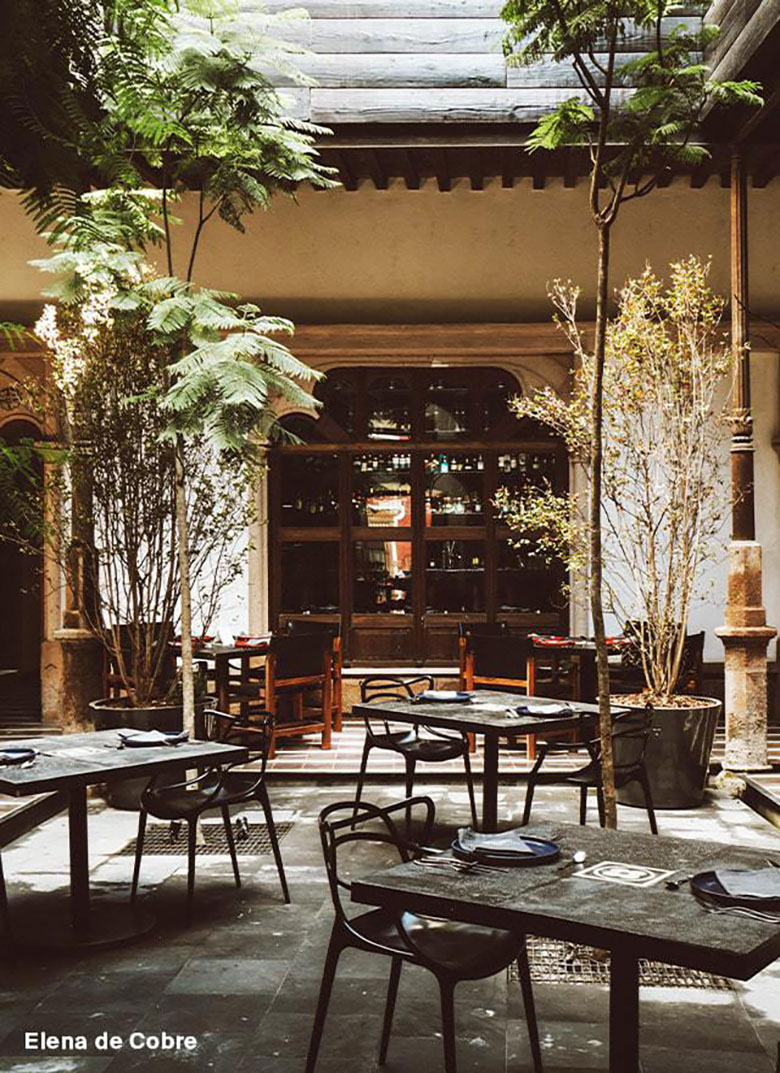From Seed to Fork


Cultures around the world are defined by their food and the surrounding heritages of cooking methods and tastes. Accordingly, planning where to eat is an integral part of purposeful travel. So integral, in fact, that the cornerstones of many hotels have become their restaurants. These eight properties have gone the extra mile in developing their food and beverage concepts to reflect their local cultures, with their in-house restaurants becoming places for guests to not only dine but to also discover local flavors in the most satisfying ways.
Following the spring thaw, surprising mountain vegetables and edible wild plants like wild ferns and butterbur shoots populate the five-course menu at the restaurant of Satoyama Jujo in Minami-Uonuma City, Japan. Complementing the entirely organic dishes is a five-drink set featuring regionally produced natural wines and unfiltered, unprocessed sakes. Similarly, at Les Andéols, in Provence, France, chef Aurélien Egger creates unique dishes, such as smoked potato hay and vegetable truffle butter, using seasonal and local ingredients—most of which are grown on the property’s 32-hectare estate. At both La Platane, where friendly and generous dishes emphasize a Provencal and Mediterranean identity, and La Loggia, where each flavor is highlighted in meticulously refined cuisine, Egger adheres to a seed-to-fork philosophy.
The sights, sounds, and smells of the foothills of the Alps are translated onto the plate at Das Achental in Chiemgau, Germany. Here, Chef Edip Sigl—whose previous endeavors have received two Michelin stars—uses fresh, organic, and regional ingredients to define the fine-dining menu at ES:SENZ as well as the two other onsite restaurants under his purview, Weißer Hirsch and Hubertshütte. Also celebrating the essence of its region is Cretan Malia Park, where the food and drinks on offer reflect Crete’s UNESCO-protected food heritage. The property’s restaurants use ingredients handpicked from the onsite organic kitchen garden and a network of local, sustainable farmers to create authentic Cretan cuisine and Mediterranean specialties, offered alongside an abundance of Cretan wines. This summer, from June to September 2022, Cretan Malia Park Chef Athinagoras Kostakos will host pop-up garden dinners in collaboration with a variety of other chefs from the island.
Housed in a structure dating back to 1338 in Monforte, Portugal, Torre de Palma Wine Hotel celebrates the ancient Roman passion for wine and olive oil, among much else. At the Palma Restaurant, helmed by Michelin-starred chef Migel Laffan, Alentejo cuisine is elevated to a higher plane with dishes featuring locally produced sausages and natural cheeses as well as carefully selected grazing animals. The hallmark of the hotel is, of course, its namesake boutique winery: seven varietals grow across seven hectares of a light clay soil, and guests can taste the wines made on the estate surrounded by small, marbled winepresses. An enviable wine selection is also a top draw at Harmon Guest House in Healdsburg, California. The carefully curated wine list, offered on the rooftop terrace overlooking Fitch Mountain, the Sonoma hills, and downtown Healdsburg, features both up-and-coming winemakers and some of the region’s legends. More than just tastings, guests are often invited to meet local winemakers and take a deep dive into the winemaking process, beginning with regenerative farming in the vineyards and ending with the bottle that appears on the dinner table.
The kitchen staff at Carlota in Quito, Ecuador, have been trained to faithfully replicate Doña Carlota Echeverría de Moreno’s family recipes, which she cooked herself while residing in the home that is now the hotel. Bistro 626 offers her traditional dishes like fanesca, a stew of Andean grains and beans, and guaguas de pan with colada morada—sweet rolls dusted with confectioners’ sugar and filled with jam. A small kitchen garden cultivates fresh herbs onsite and a 1,000-square-foot plot of land four miles away supplies 45% of the restaurant’s produce, including organic chilies, green onions, and tomatoes. Meanwhile, at Elena de Cobre in León, Mexico, wood takes center stage: chef Juan Emilio Villasñor, a Fire Master of the Mexican Grill Society, is passionate about the natural material’s effect on taste, smell, and colors. At the property’s restaurant, La Cocinoteca, he focuses on smoked Mexican fusion cuisine, created with fresh, seasonal ingredients from a local market and served on an elongated, wooden chef’s table in the kitchen designed especially for him.
Design Hotels Press Office
+49 30 8849 400 34
Marriott

